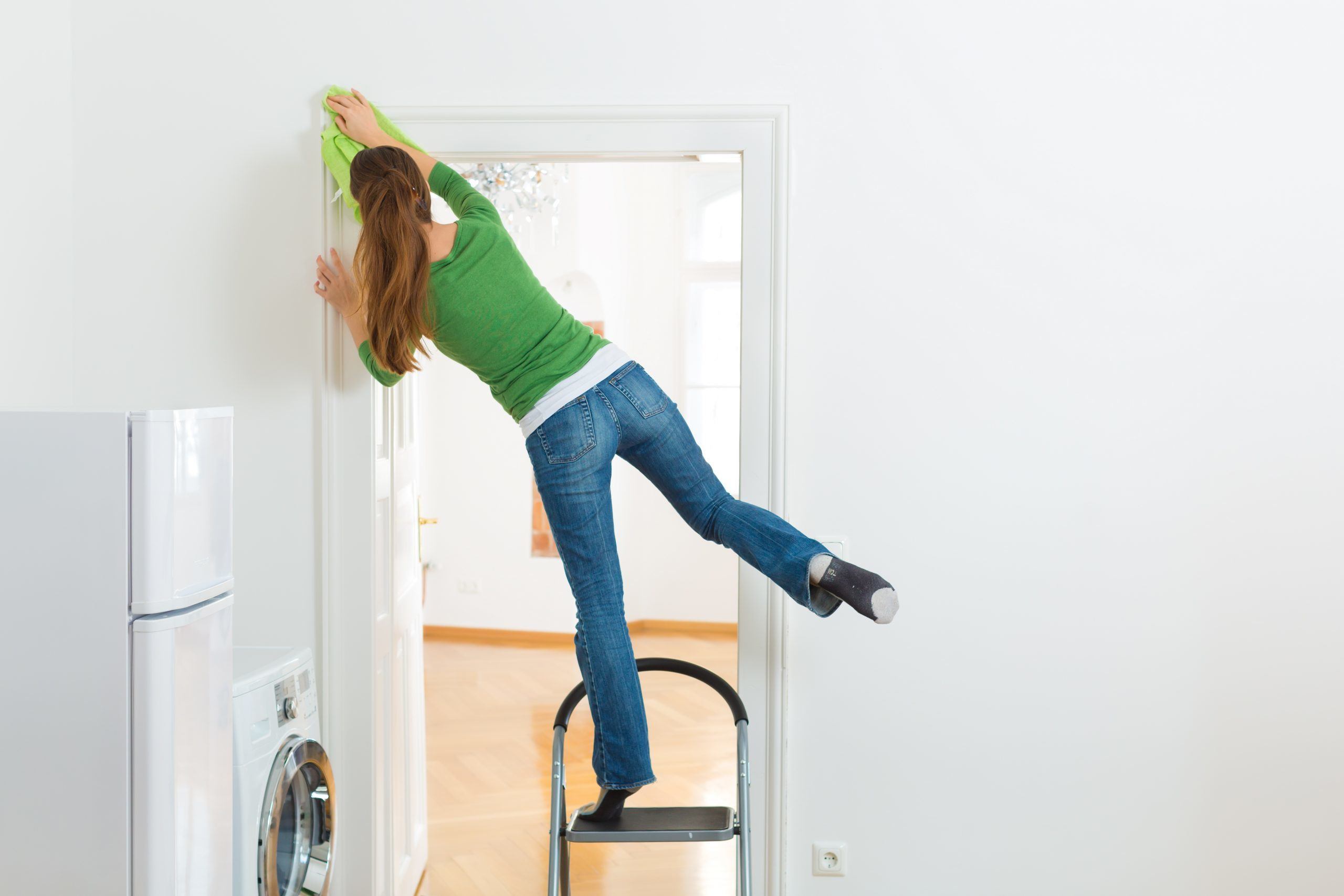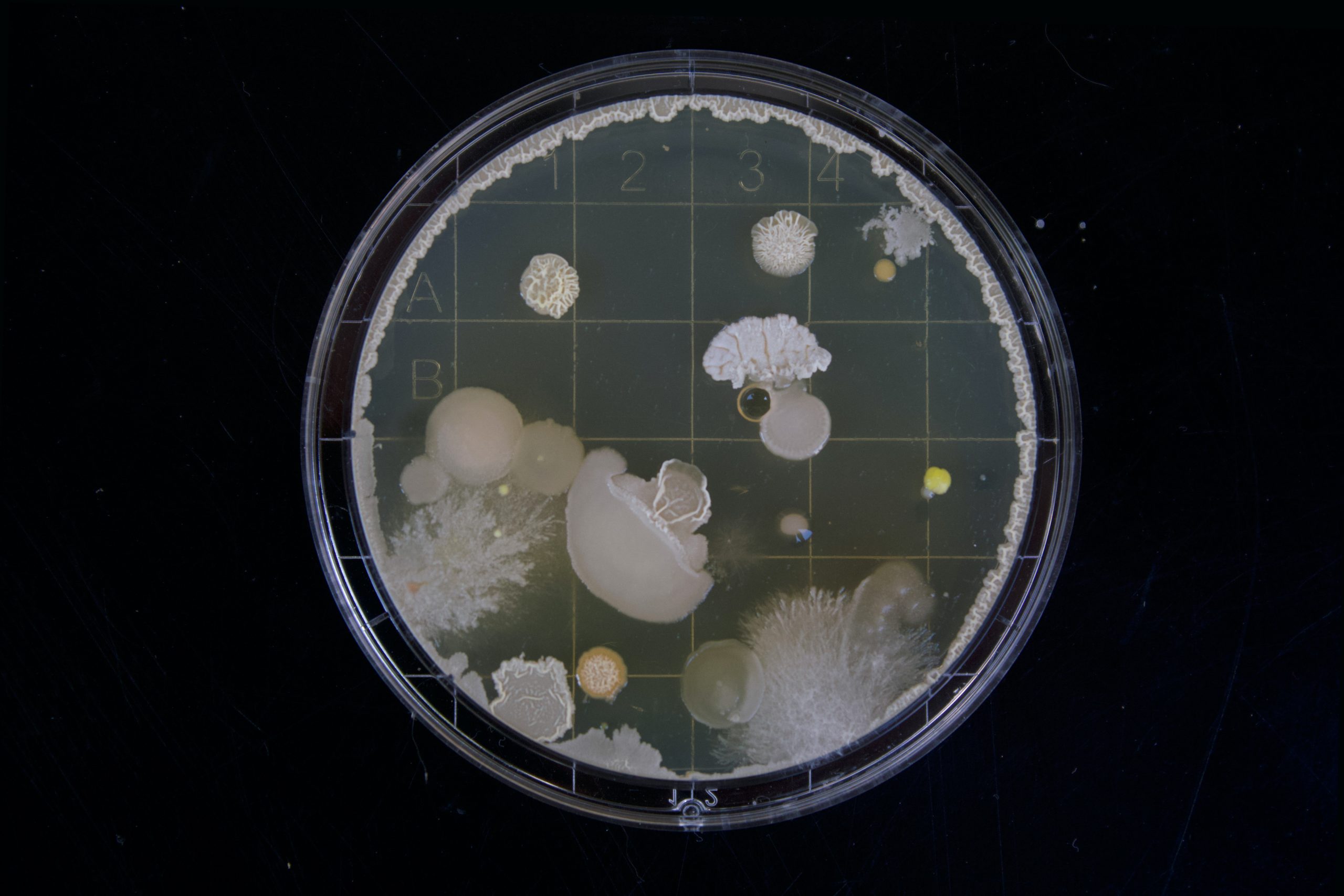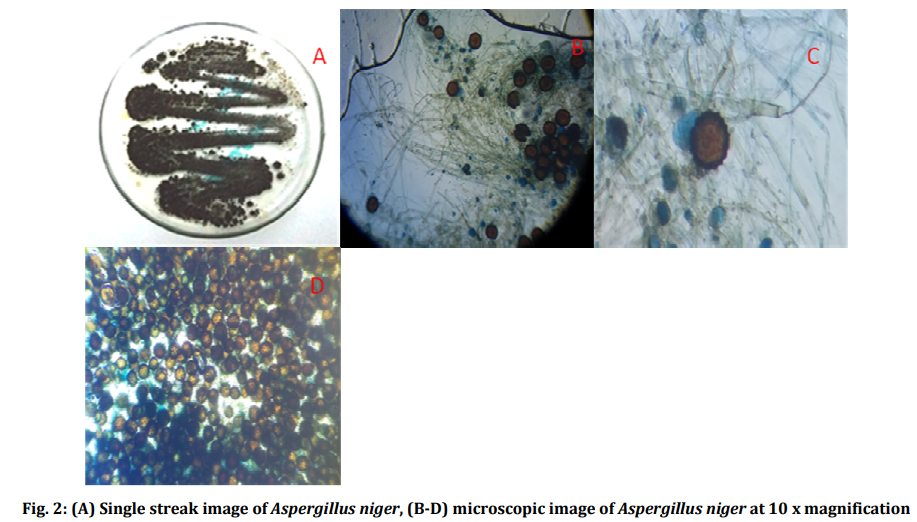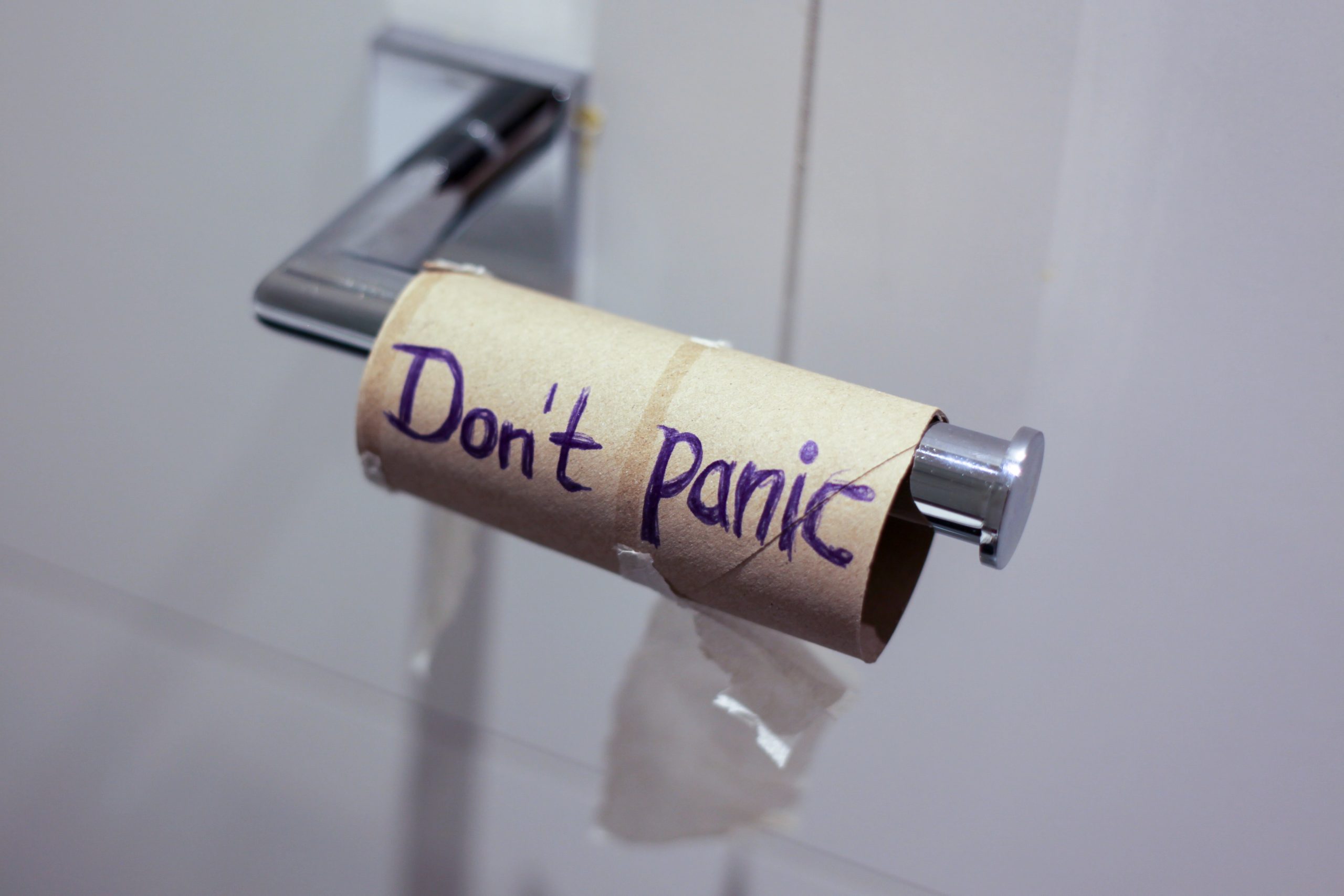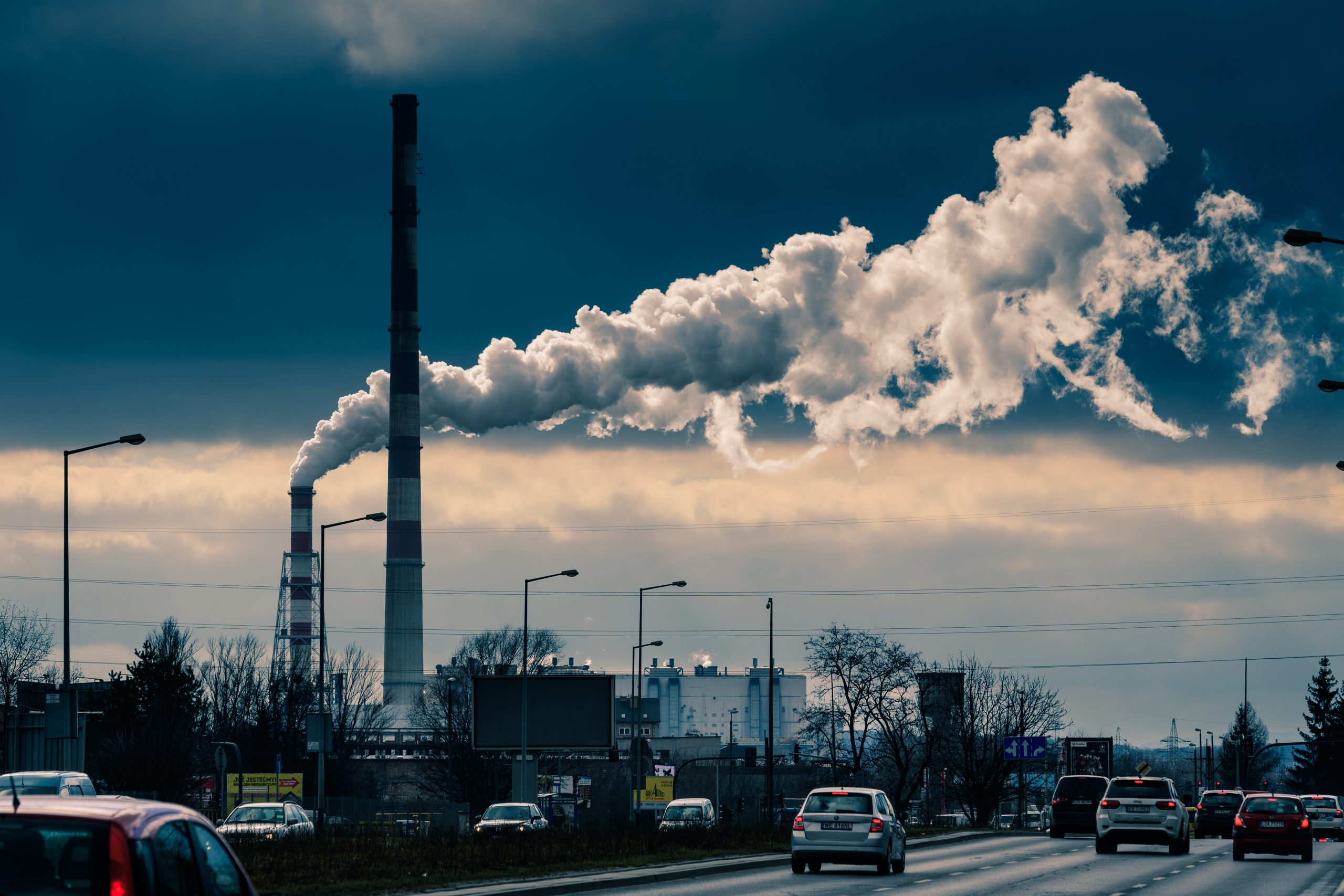Dust is one of those things that never completely goes away, like mold, but keeping both at a minimum in your home is key! There are a lot of weather conditions that increase dust, but in general, heat and low humidity are two of them. When these occur, you’ll not only see an increase of dust in your home, you’ll be breathing more of it because the less humidity, the longer particles stay afloat. Yuck! Getting it under control takes some effort, but we’d like to help!
Invest in the right tools
We see deep discounts all the time on home appliances that look like they make our lives easier–but they end up to be a waste of money. This is where it pays to research–and only buy what will do the job, not the gadget with the most features. The tools we’re going to talk about are very important to your family’s health, so we hope that you keep these requirements in mind and buy wisely!
- Air Cleaner
With dust in the air, you can do all the cleaning you want and then–BOOM–the dust continues to fall out of the air after you stop cleaning, not to mention all the dust you are filtering with your nose and lungs! If you live in a dusty area, an air cleaner that uses HEPA filters is imperative.
For value and solid performance, Medify Air has a range of air purifiers that is hard to beat. You can find one for every size room in your home, from small nurseries to “great” rooms, with simple controls and most with filters that can be vacuumed gently once a month on the pre-filter side to extend their life. They use True HEPA H13 filters, which in general last 3 to 6 months.
Another great option is the CoWay AirMega Mighty, which has been highly rated for a number of years by the NY Times Wirecutter review for dusty rooms up to 250 square feet. Their testing has used the same filter for up to a year with good performance (however of course you’ll want to have new filters on hand just in case you are caught in an exceptionally-poor air quality day).
- Dusting, Vacuuming, and Mopping
I wish I could tell you differently, but these chores are a must. If you invest in the right tool(s), however, you can enjoy your clean surfaces with less work! Dusting should be done with a dry microfiber cloth (check out this video to learn how to dust properly–yes there are techniques that are more effective with less work!) Then, get both vacuuming and mopping done at the same time with this ONE TOOL (I’ve touted it in other articles, but here it is again): with the CrossWave floor and area rug cleaner by Bissell ($257). It leaves your floor cleaner than if you had vacuumed and mopped separately! It has a rug cleaning function, and it has a HEPA filter included, so no dust is escaping your machine and going back into the air. For people who have mobility or strength issues, this machine absolutely reduces the straining scrubbing actions that normal mopping requires, and it also comes in a cordless option. If you check local discount stores, there are many reconditioned models that sell for less than half this price (I got my corded one at Ollie’s). In addition, of course the manufacturer wants you to use their patented floor cleaner, and states that using any other cleaner will violate the warranty. Unfortunately, Bissell products mostly rate an “D” grade from the Environmental Working Group for toxicity to humans and the environment, but if you do decide to substitute a non-toxic cleaner, we have just the one for you: a recipe using TotalClean. TotalClean has no fragrance and no toxicity, you can clean your floors as often as you want without adding more VOCs and chemicals to your home. Here’s the full recipe for a Bissell-like non-toxic floor cleaner:
Machine Floor Cleaner Concentrate Recipe (this is the concentrated cleaner so you add it in replace of the manufacturer’s cleaner, with the recommended amount of water, adapted from this very informative article):
- 1-¾ cups TotalClean Concentrate
- ⅛ cup rubbing alcohol
- ⅛ tsp dish soap
- 5-10 drops essential oil (optional)
If you simply must have a separate vacuum and mop, though, make sure the vacuum uses certified true (make sure the label says “true”) HEPA filters with an airtight, sealed filtration system. You don’t want that dust to be recycled right back into the air! As for mops, The Maker’s Mop is an ingenious tool for dry and wet-mopping, dusting, and cleaning up after huge spills. And, being “cordless”, I guess it’s handy to have around in the case of a power outage! (20 Tips To Prevent And Reduce Dust In Your Home)
- Fresh-air ventilation WITH filtration
If your rooms are stuffy (too much CO2!) and you don’t have central air conditioning, make sure you only open windows with filters in them! That’s right, screens may prevent mosquitoes and flies from coming in, but they do nothing to filter dust. Our Window Ventilation Filters are adjustable so that you can still open your windows for fresh air and block out most of the dust.
If you like to open your windows wide for fresh air often, you should consider replacing the fitted window screens with nanoscreening. Nanoscreening does cut visibility through the screen somewhat compared to normal insect screens, but many customers like the additional privacy it offers. AllergyGuard nanoscreen offers a kit that is super-easy to install with double-sided tape. If you re-screen a few windows with this kit and like how it performs, you can go to their website for a larger roll and video on how to install it with spline, the skinny rubber tubing that is normally used to keep screens in place.
- Change your HVAC filter more frequently.
If you have a hard time remembering to do this, just enroll in an auto-ship subscription to make it easy to have them available when you need them. If you’re concerned about changing it too frequently, check out our tips for getting that interval just right.
- Don’t carry the dust in with you!
We’ve written a lot about this practice, which ranges from taking your shoes off at the door and using a doormat, to doing your best to clean dusty pets off before they come inside (umm, can we teach them how to brush themselves?)
- Minimize.
This says so much in one word. Minimize the fluffy pillows, fuzzy throws, carpeted flooring (don’t rip out carpet if you’re renting, though, obviously), knick-knacks and tchotchkes, piles of clothing, anything that you can do without, that catches loads of dust (children not included)! If you want to have area rugs or carpet, consider changing them to wool carpets. According to a 2015 study, wool carpets significantly improve indoor air quality by rapidly absorbing the common pollutants formaldehyde, sulphur dioxide and nitrogen oxides, known as volatile organic compounds, or VOCs, which are released from many common household items such as cleaners and disinfectants, air fresheners, printers and home furnishings. A high level of formaldehyde (300 parts per million) was reduced to virtually zero in four hours, and nitrogen oxides from 300 to 5 parts per million in 24 hours, whereas nylon carpets did not perform as well. The wool carpets retained the formaldehyde and did not remit them into the atmosphere. When you choose a carpet, low pile heights are favorable so that dust and debris is easier for the vacuum to remove (with your True HEPA vacuum, of course!).



